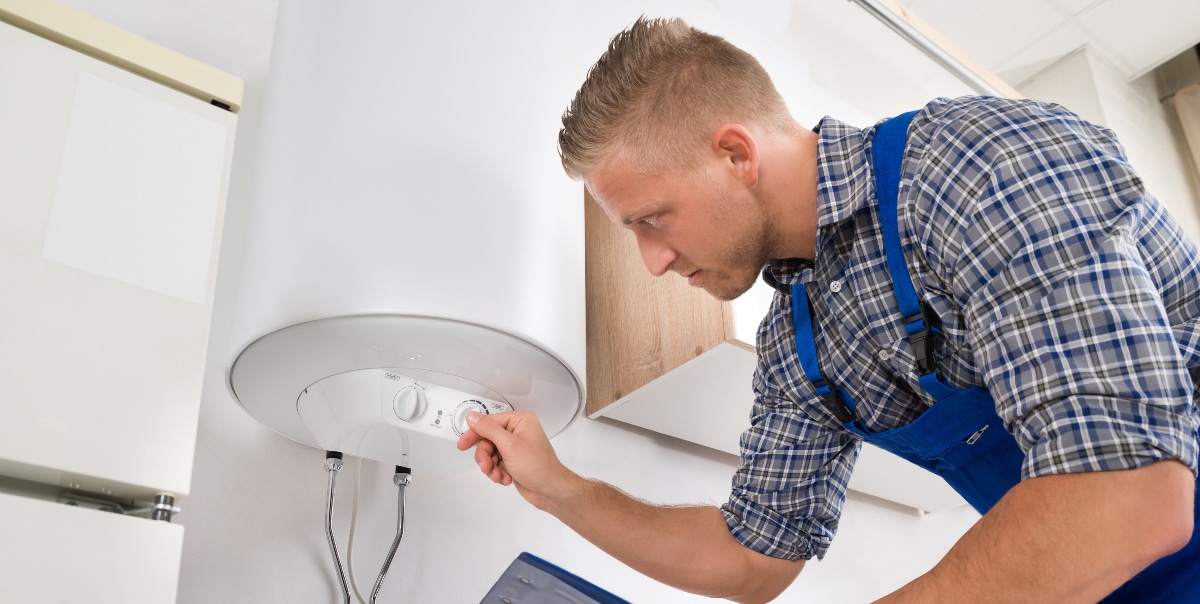Were you on the lookout for know-how involving What Kind of Maintenance Do Water Heaters Need??

Hot water is necessary for everyday comfort, whether it's for a rejuvenating shower or cleaning meals. To ensure your warm water system runs successfully and lasts much longer, regular maintenance is crucial. This post gives practical suggestions and understandings on exactly how to maintain your home's warm water system to prevent interruptions and expensive fixings.
Intro
Keeping your home's warm water system might seem challenging, however with a couple of simple actions, you can guarantee it runs smoothly for several years to come. This guide covers whatever from recognizing your warm water system to do it yourself maintenance ideas and understanding when to hire expert aid.
Value of Keeping Your Warm Water System
Regular maintenance not just extends the life-span of your hot water system but also ensures it runs successfully. Ignoring maintenance can cause lowered performance, greater power costs, and even early failure of the system.
Indications Your Hot Water System Demands Upkeep
Recognizing when your hot water system requires attention can avoid major issues. Look out for indications such as inconsistent water temperature level, weird sounds from the heater, or rusty water.
Purging the Water Heater
Flushing your water heater gets rid of debris buildup, boosting effectiveness and prolonging its life.
Checking and Changing Anode Rods
Anode rods prevent deterioration inside the container. Checking and replacing them when broken is critical.
Complicated Concerns Requiring Specialist Assistance
Examples consist of significant leakages, electric issues, or if your water heater is consistently underperforming.
Routine Specialist Upkeep Perks
Specialist upkeep can include thorough evaluations, tune-ups, and making certain compliance with safety and security requirements.
Examining and Readjusting Temperature Setups
Adjusting the temperature setups guarantees optimum performance and safety and security.
DIY Tips for Upkeep
You can perform a number of maintenance jobs yourself to maintain your warm water system in leading condition.
Checking for Leakages
Consistently examine pipes and connections for leakages, as these can result in water damage and higher expenses.
Understanding Your Warm Water System
Before diving into upkeep jobs, it's handy to comprehend the standard parts of your warm water system. Usually, this consists of the hot water heater itself, pipes, anode rods, and temperature level controls.
Regular Monthly Maintenance Tasks
Routine monthly checks can aid capture minor issues before they rise.
Evaluating Stress Relief Valves
Examining the pressure safety valve ensures it functions appropriately and protects against extreme stress accumulation.
Insulating Pipes
Shielding warm water pipelines reduces warmth loss and can save power.
When to Call a Professional
While DIY upkeep is beneficial, some problems require expert competence.
Conclusion
Normal maintenance of your home's warm water system is crucial for performance, longevity, and price savings. By adhering to these suggestions and recognizing when to seek specialist help, you can ensure a trustworthy supply of warm water without unforeseen disruptions.
How to Maintain an Instant Hot Water Heater
Before tinkering with your hot water heater, make sure that it’s not powered on. You also have to turn off the main circuit breaker and shut off the main gas line to prevent accidents. Also turn off the water valves connected to your unit to prevent water from flowing into and out of the appliance. 2. When you’re done, you have to detach the purge valves’ caps. These look like the letter “T†and are situated on either side of the water valves. Doing so will release any pressure that has accumulated inside the valves while at the same time avoid hot water from shooting out and burning your skin. 3. When the purge valves’ caps are removed, you have to connect your hosing lines to the valves. Your unit should have come with three hoses but if it didn’t, you can purchase these things from any hardware or home repair shops. You can also get them from retail stores that sell water heating systems. Read the user’s manual and follow it to complete this task properly. When the hosing lines are connected, open the purge port’s valves. 4. You should never use harsh chemical cleaners or solutions when cleaning your unit. Make use of white vinegar instead. It should be undiluted and you’ll probably use about 2 gallons. 5. Now flush your water heater. This task should probably take about 40 minutes. We can’t give you specific directions for this because the procedure is carried out depending on the type, model and brand of your heater. With that being said, refer to the user’s manual. 6. When you’re done draining the unit, you have to turn off the purge port valves again. Remove the hosing lines that you earlier installed on each of the water valves. Put the valve caps (purge port) back in their respective places and be very careful so as not to damage the rubber discs that are found inside these caps. 7. Now that everything’s back in place, check your user’s manual again to find out how to reactivate your water heating system. 8. Once it is working, turn one of your hot water faucets on just to let air pass through the heater’s water supply pipes. Leave the tap on until water flows smoothly out of it. https://www.orrplumbing.com/blog/2014/september/how-to-maintain-an-instant-hot-water-heater/

I'm just very intrigued by What Kind of Maintenance Do Water Heaters Need? and I really hope you appreciated the article. Sharing is nice. You just don't know, you may be helping someone out. We cherish your readership.
Book Maintenance